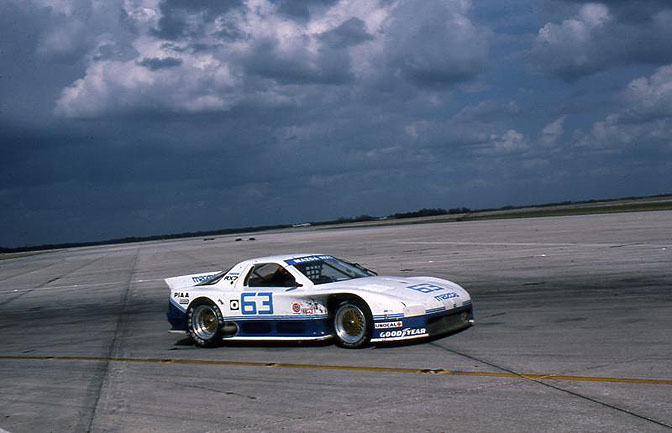

The Sebring International Raceway is a flat and rough circuit located in the dead center of the Florida peninsula, far from any great resorts or tourist attractions. The track has few modern facilities. Hotel rooms in the area are few, usually ramshackle, and overpriced. The weather can be hot or stormy with sub-tropical insects lurking around the corner. Yet there is nowhere else that a sports car racing fan would want to be in the middle of March.
Since the early 1950s the Sebring 12 Hours has provided some of the greatest sights and sounds in endurance racing. The atmosphere is made that much wilder by the fact that the date coincides with Spring Break for many colleges and universities. The infield area, called Green Park, is more tame these days, but in the 1970s the goings-on were featured in a certain “men’s magazine.”
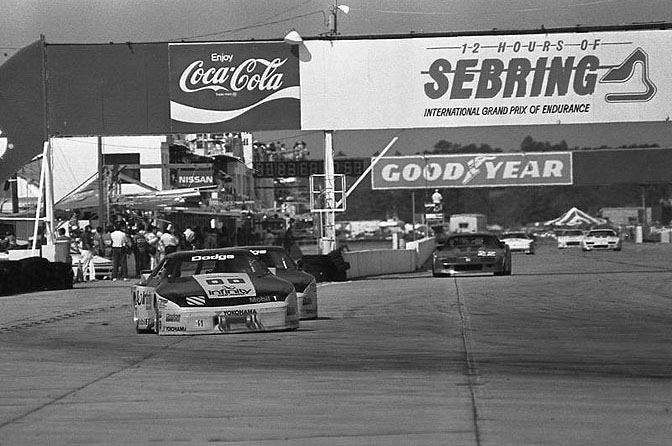
All that may be fine for those who may be barely aware of the machines fleeting past, but for true racing aficionados, the paddock, the practice, and one great long race make for a most intoxicating brew. Sebring’s legacy and setting set it apart from many other races.
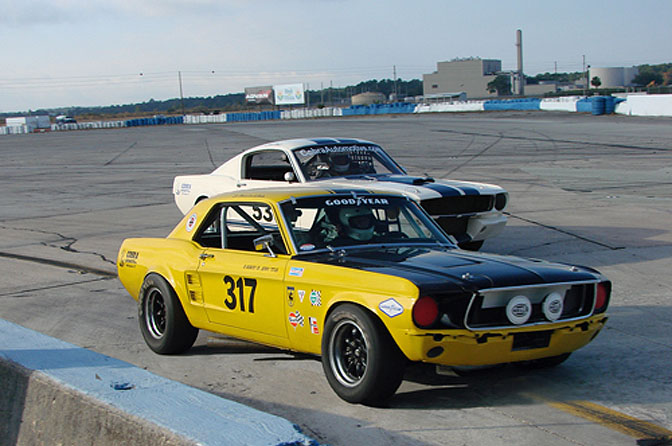
For most seasons this is where the top-level sports car racing season starts. For months teams have been preparing their cars while fans pass around banter about what they will see come March. Typically, that takes places in the garages and the pubs in more northerly climes, so by race time everyone is anxious to soak up some sun.
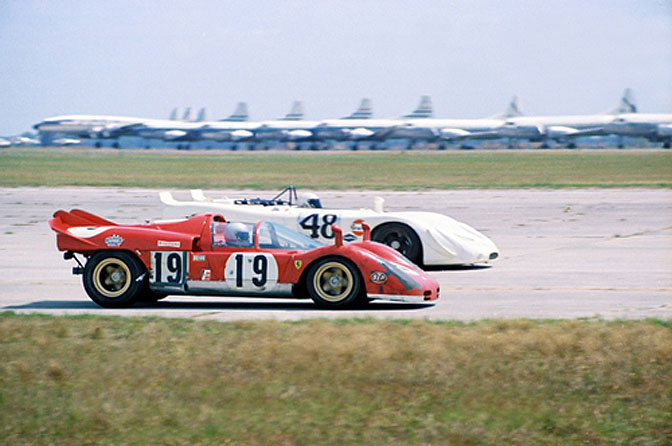
Sebring is not only the first opportunity to see how teams will perform in the new season but it is also a true test. This is not some short sprint around a gentle circuit with a billiard table smooth surface. It is hundreds of laps around one of the toughest tracks in existence.
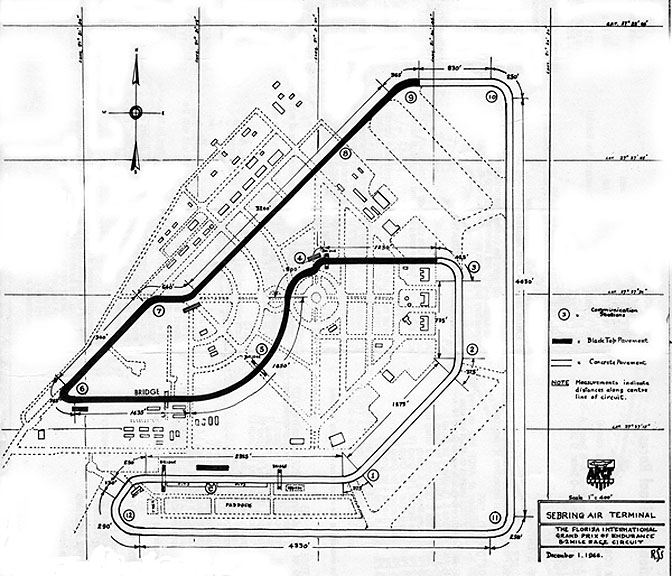
It began life as an airfield during World War II and remains an active airport today. The long back straight uses part of the old runway. Along with the front straight, these sections are laid out on good old-fashioned concrete. It is the only place that you can watch modern prototypes glued to the ground and bumping over the seams separating the big slabs that were laid over a half-century ago…..
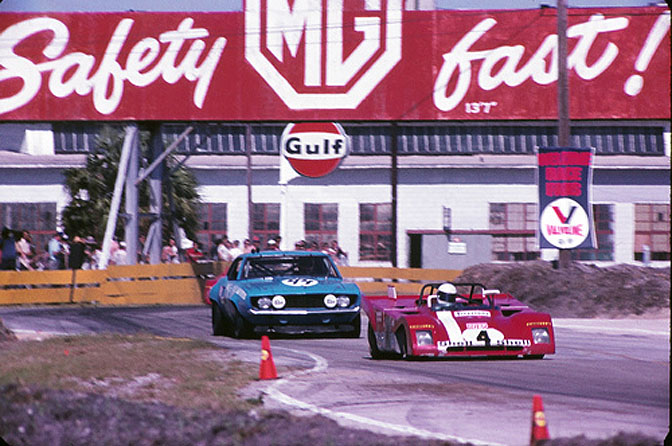
…..Then the cars have to make a transition onto the far smoother asphalt in the newer portions of the course. Lest one think that the drivers have it easy there, that is where things get difficult. They have to navigate several sets of Esses, and one of the tightest hairpins in use today.
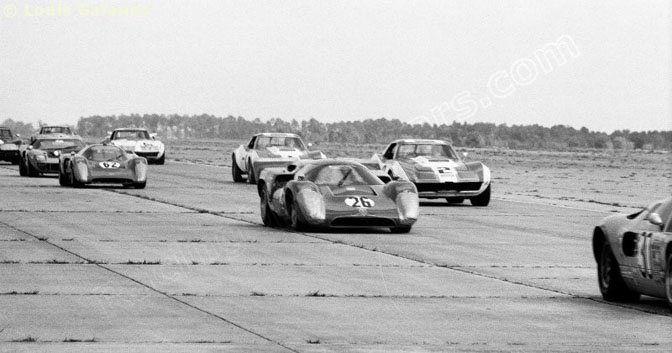
The concrete sections get particularly interesting if it rains. There is little drainage and automobile racing transforms into boat racing before one’s eyes. In truth, the racers no longer traverse parts of the active runway, though it is startling to recall that up until the late 1980s that was the case. It added to the many truly odd incidents that have occurred at Sebring over the years. Many a driver in the past has told of spinning off on the concrete and finding himself lost amongst a row of parked airplanes. Once during a rainstorm two lost cars passed each other at speed next to the planes—going in opposite directions.
This is a place where having a comfortable lead can be meaningless. It only invites some element of strangeness that is associated with Sebring. There was the time when Bob Akin was well ahead in his Porsche 962 until a jagged piece of debris nearly sliced the car, and Akin, in half. The last few hours are in darkness, which brings its own dramas. Wayne Baker was heading to an easy victory when he had to slow for a strange apparition. It was a drunk from one of the parties that had wandered onto the track. Another time a wild boar was struck by a car. The corner workers and spectators roasted the beast for their post-race dinner.
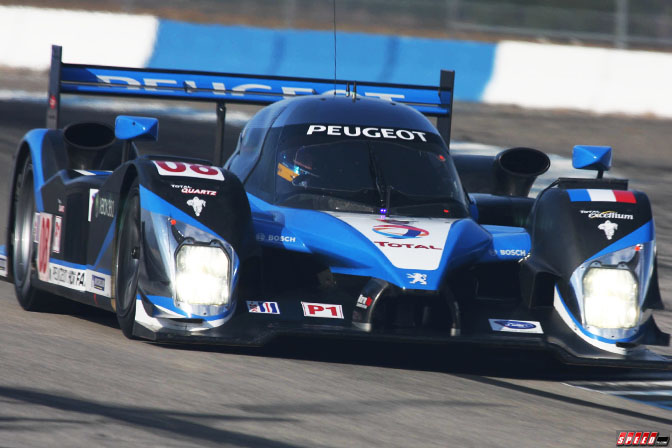
Oh, and then there is the racing itself. Sebring is so high profile that nearly every manufacturer has won it, or tried to win it over the years. The 2009 edition will witness a stunning duel between the two top diesel powered prototypes, Audi and Peugeot. They each will have two cars and in case they falter there are petrol-powered cars behind them such as the Acura Spyders and the Lola-Mazda coupes. In the past great names such as Aston Martin, Jaguar, BMW, Nissan, Toyota, Ford, Alfa Romeo, and Maserati have either won, or come just sooo close.
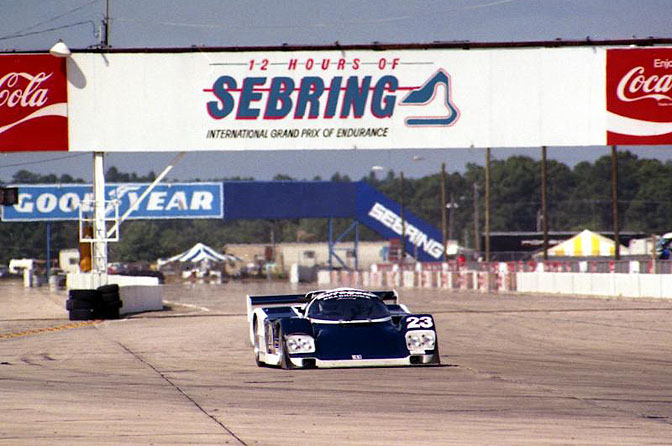
In many years one or the other make has been dominant, with many of top contenders carrying the same badge on the car. The winner is usually the one most closely connected with the relevant factory team. When the moon and stars are aligned just right then more than just one brand is contending for the outright win in the same year. We have that in 2009 with factory entries for both the French and the German companies, and a fine supporting cast with those cars of Japanese origin. That confluence of strong inter-marque rivalry seems to occur at Sebring at intervals of perhaps once or twice a decade.
Vintage Sebring Photos Courtesy of Mark Windecker, Lou Galanos and Racingsportscars.com
-Janos Wimpffen








Welcome to Speedhunters Janos! Fantastic first post
Agreed, I'll be listening to John Hindhaugh from distant Detroit, dreaming of the sights and sounds of Sebring! Great post Janos!
Im with andy and Pat, great post!
Great Post, looking forward to more content like this in the future.
wow i didn't know they change the first turn on this track. hopefully i get to make it to this years with my 7!
great post!
Great article!
Great post! Love the historic photos!